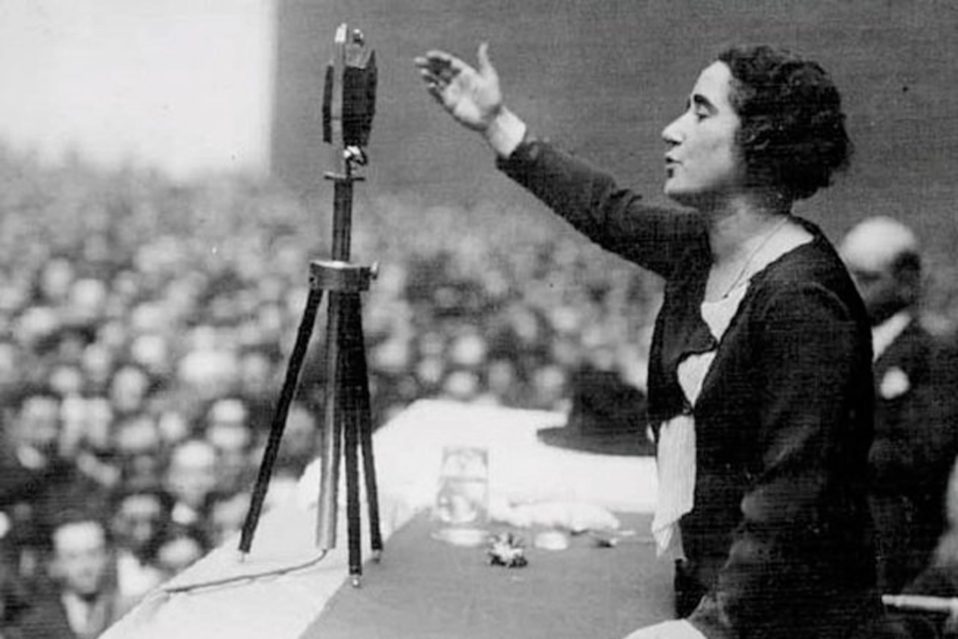Born in Madrid in 1888. She is considered one of the mothers of the feminist and suffragist movement in Spain, being one of the three deputies of the constituent courts of the Second Republic. Defender of the equality of women’s rights, she was one of the impellers of the approval of the universal suffrage in Spain, obtaining the feminine vote in the first republican elections, as well as the first divorce law.
Undoubtedly it is Clara Campoamora Spain (among others) to whom we must thank or this milestone in women’s rights. The politics and founder of the Feminine Republican Union was the great impeller of the feminine suffrage in Spain.
In 1914 and after taking the number one of its opposition, it becomes adult teacher in the Ministry of Public Instruction.
In 1923 participates in a cycle on Feminism organized by the Feminine University Youth where it begins to develop its ideology on the right to the equality of the women.
In 1924, at the age of thirty-six, she was granted a degree in law, which allowed her to defend two very famous cases of divorce at the time: the writer Concha Espina, her husband Ramón de la Serna and Cueto, and Josefina Blanco, Valle-Inclán´s wife.
She was also the first woman to intervene before the Supreme Court and to develop jurisprudence on issues related to the rights of the legal situation of women in Spain.
In 1928 she created with the companions of other European countries the International Federation of Women of Legal Care, which still exists and in 1930 contributes to found the Spanish Feminine League for Peace.
Work:
He wrote articles in the newspapers of the “La Tribuna”, “Nuevo Heraldo”, “El Sol” and “El Tiempo” and published “The Right of Women in Spain” (1936), “The legal situation of Spanish women “(1938),” My mortal sin. The female vote and I” and “The revolution seen by a republican”.
After their famous speech in the Cortes the women obtained the right to vote in Spain by 161 votes against 131. The deputy Clara Campoamor defended it against Victoria Kent. In this link you can read the full text of his speech of October 1, 1931 before the Cortes.
Http://sociedad.elpais.com/sociedad/2006/10/01/actualidad/1159653602_850215.html

 Español
Español




Post a comment